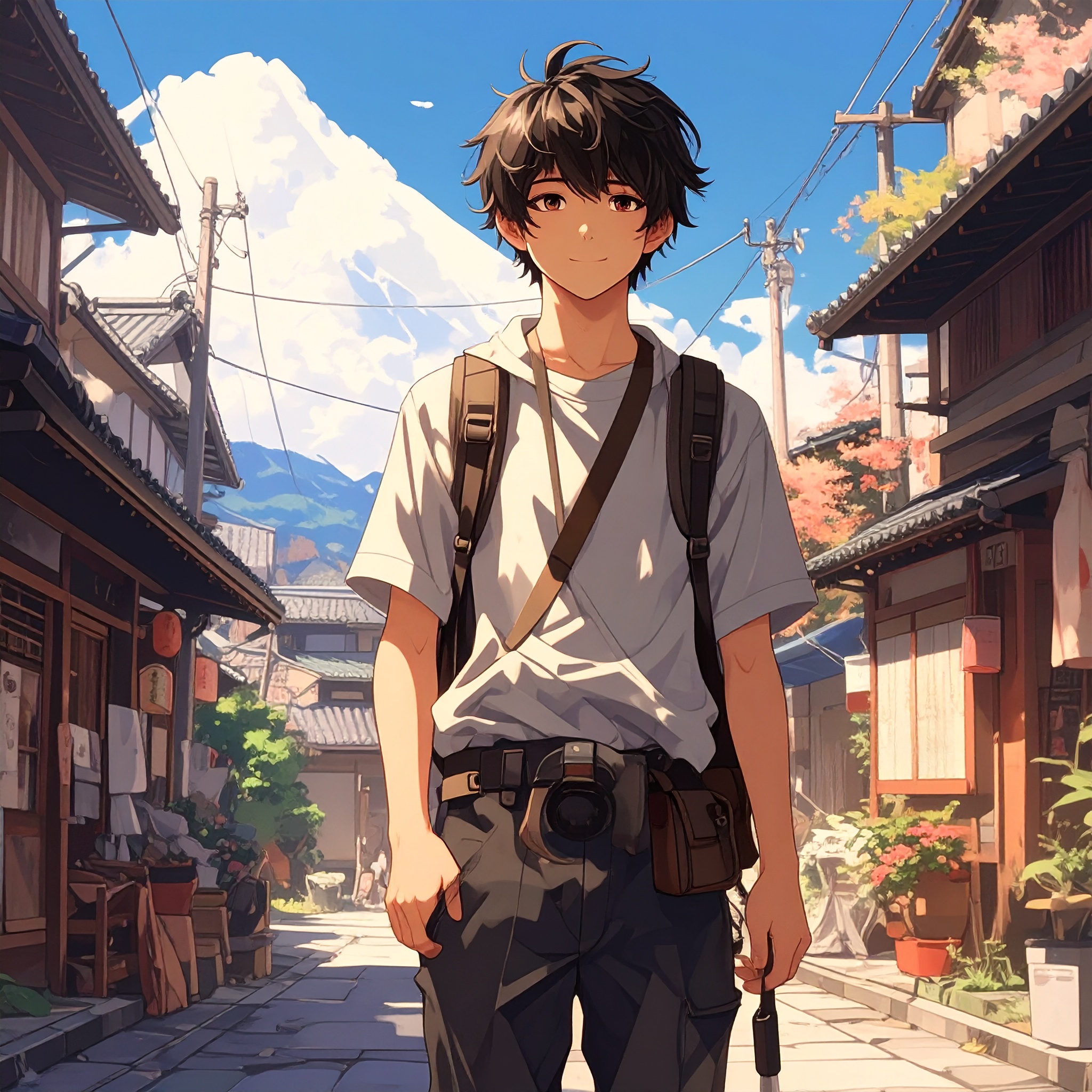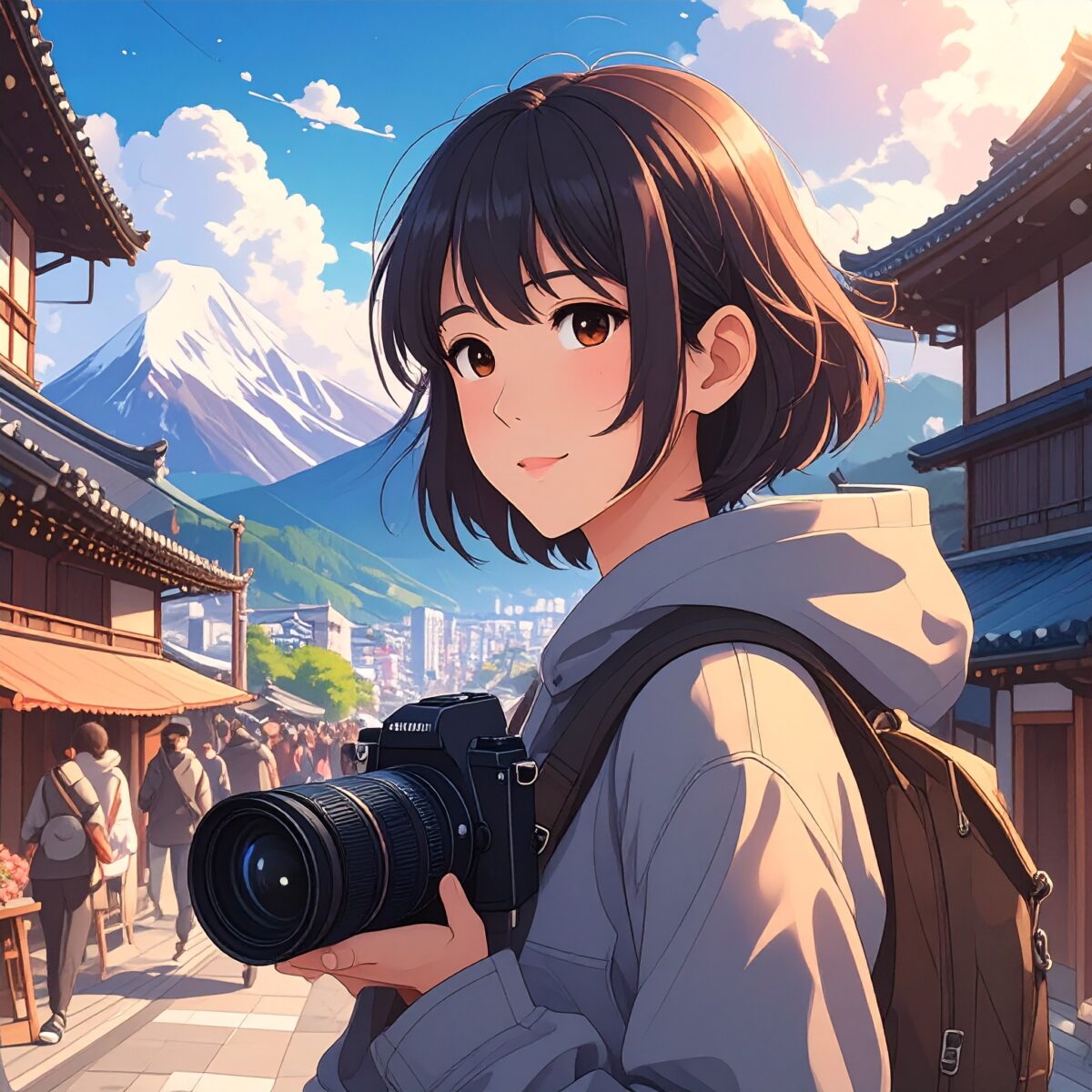The tiny photo stickers known as purikura hold a special place in Japanese schoolgirl culture. They are not just commemorative snapshots, but vivid records of everyday moments, symbols of friendship, and expressions of individuality. Those few minutes spent snapping pictures after school or during a weekend shopping trip become memories that never fade, even years later.
Short for Print Club, purikura first emerged in the late 1990s and quickly became embedded in Japanese youth culture. For high school girls in particular, purikura has served both as a tool to capture bonds with friends and as a playful canvas for self-expression—through poses, fashion, handwritten messages, and more.
Inside a small booth, friends squeeze together, strike poses, and smile as the countdown begins. In those brief moments before the flash, there’s a mix of excitement, laughter, and connection. Afterward, they decorate the images with digital backgrounds, stamps, and personal notes. The finished photo sheets are often cut into stickers, pasted on planners, or tucked behind smartphone cases—carried as part of everyday life.
What makes purikura truly special is its ability to visually capture not just appearances, but emotions and relationships. It’s more than photography—it’s storytelling. With every doodle, filter, or sticker, a shared moment is sealed in time, turning each print into a tiny time capsule of youth.
Purikura also acts as a mirror of trends and times. From the poses and makeup styles to the backgrounds and slang, each generation leaves its mark. Looking back at old purikura often sparks instant nostalgia—“That was the trend back then!” The accumulation of these images weaves a visual narrative of adolescence, giving tangible shape to the fleeting season of youth.

What’s especially fascinating is that even in today’s digital era, purikura remains deeply loved. Despite the ease of taking selfies with smartphones, the act of “going out to take purikura” gives it a unique charm. Entering the booth together, leaning in close, and decorating the photos side by side on a shared screen—this very process becomes part of the experience, part of the communication.
Purikura doesn’t exist in isolation—it’s inherently social. It captures not just the image of who is there, but the mood of the moment. That’s why, when you look back at a purikura strip, the laughter, the energy, and even the expressions return vividly. It transcends photography to become a record of emotion, a storage of relationships.
Whether it’s after a school festival, on the day finals end, or on an ordinary afternoon without any special reason at all, purikura captures a snapshot of “us” in that moment. In uniforms or casual clothes, barefaced or fully made up—it doesn’t matter. Each image becomes a gentle affirmation of who they were, just as they were.
Purikura doesn’t preserve a perfect image. Instead, it embraces reality—capturing the joy of decorating, laughing, and being together. It is a reflection of the bond shared during adolescence—a delicate, fleeting season of life. In this way, purikura becomes a tangible memory of growing up, something to hold onto and pass forward as a record of youth.




